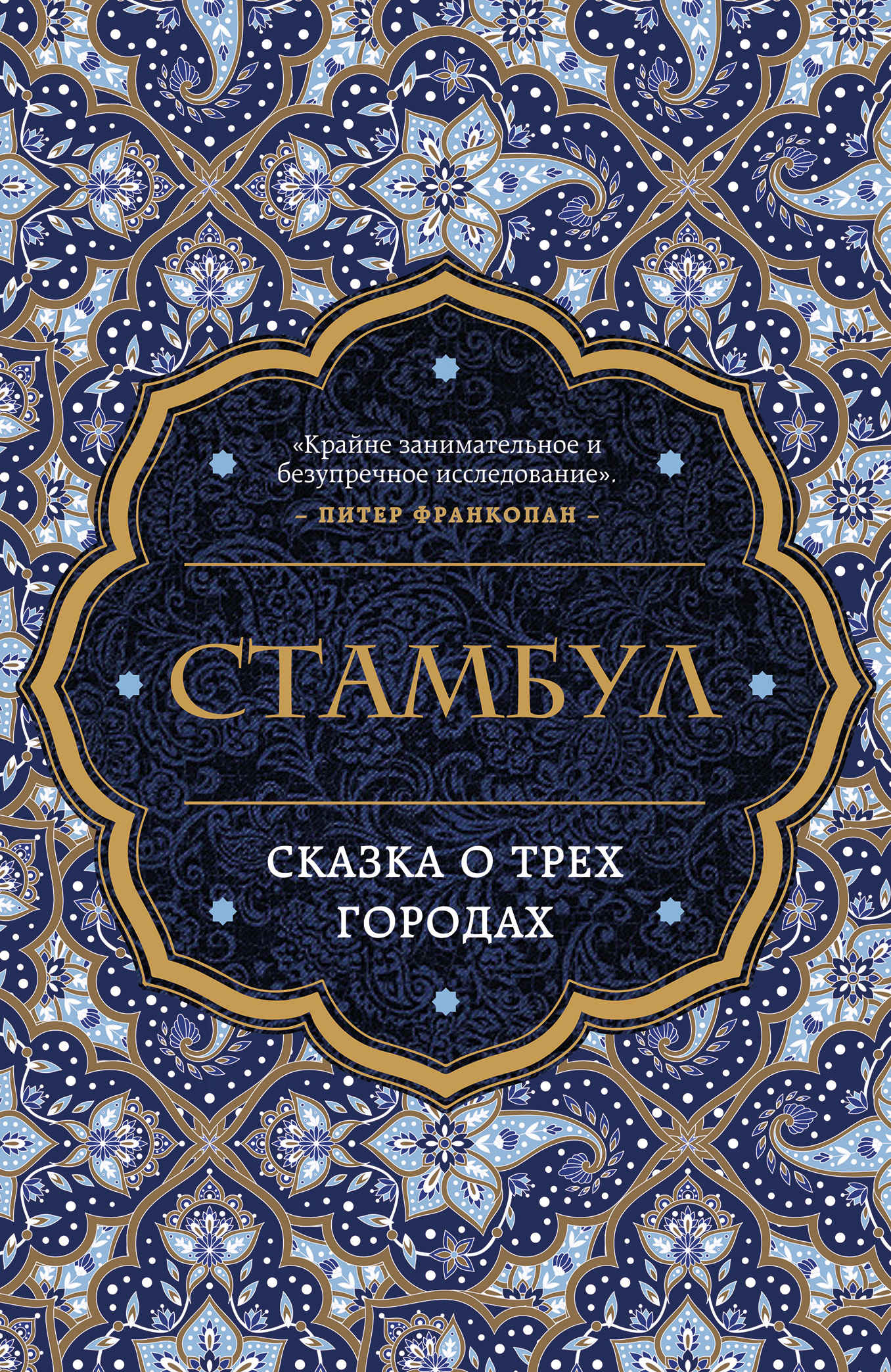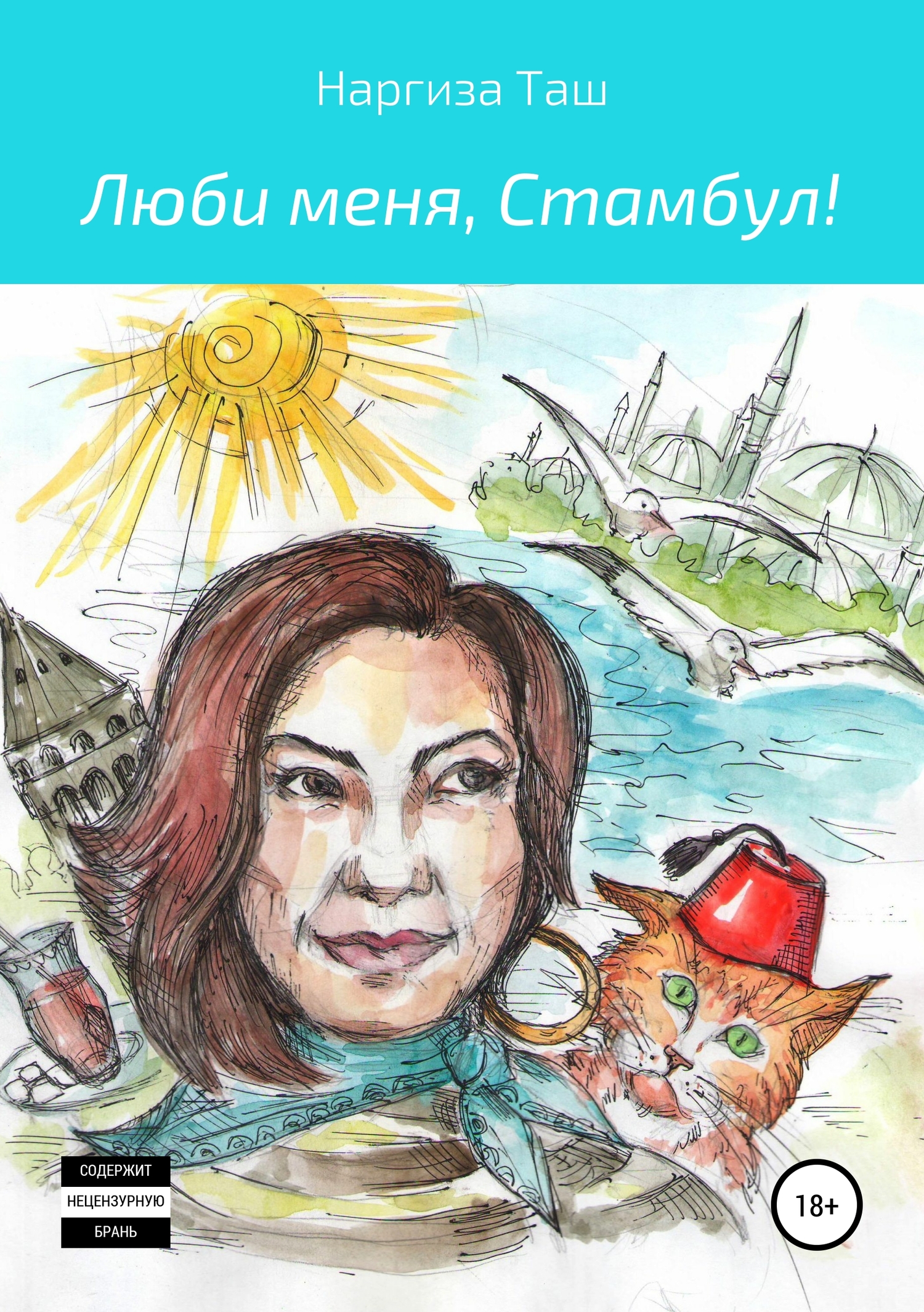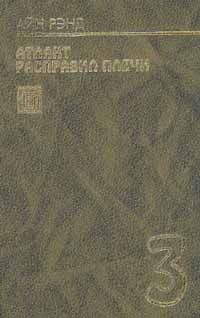Rise of Capitalism’, Historical Materialism 15: 47–74.
Bannikov, A. V. (2014) ‘Late Roman Auxilia and Constantine’s “Vision”’, World Applied Sciences Journal 30.11: 1656–9.
Barber, C. (2001) ‘Mimesis and Memory in the Narthex Mosaics at the Nea Moni, Chios’, Art History 24.3: 323–337.
Barbera, M. (ed.) (2013) Costantino 313 d.C. Milan: Electa.
Bardill, J. (1997) ‘The Palace of Lausus and Nearby Monuments in Constantinople: A Topographical Study’, American Journal of Archaeology 101.1: 67–95.
Bardill, J. (2000) ‘The Church of Sts. Sergius and Bacchus in Constantinople and the Monophysite Refugees’, Dumbarton Oaks Papers 54: 1–11.
Baris, Y. I. and Hillerdal, G. (2009) ‘Tuberculosis in the Ottoman Harem in the 19th Century’, Journal of Medical Biography 17: 170–173.
Barnes, D. (1981) Constantine and Eusebius. Cambridge, MA: Harvard University Press.
Barnes, T. (2011) Constantine: Dynasty, Religion and Power in the Later Roman Empire. Chichester: Wiley-Blackwell.
Baron, B. and Keddie, N. R. (eds) (1977) Women in Middle Eastern History: Shifting Boundaries in Sex and Gender. New Haven: Yale University Press.
Baskins, C. (2012) ‘The Bride of Trebizond: Turks and Turkmens on a Florentine Wedding Chest, circa 1460’, in Muqarnas 29: 83–100.
Başaran, S. and Kocabaş, U. (2008) ‘From the Theodosian Harbour to Yenikapi Shipwrecks’, Colloquium Anatolicum 7: 1-22
Bassett, S. G. (2000) ‘“Excellent Offerings”: The Lausos Collection in Constantinople’, Art Bulletin 82.1: 6–25.
Bassett, S. G. (2004) The Urban Image of Late Antique Constantinople. Cambridge: Cambridge University Press.
Battiscombe, C. F. (1956) The Relics of St Cuthbert. Oxford: Oxford University Press.
Baum, B. (2008) The Rise and Fall of the Caucasian Race: A Political History of Racial Identity. New York: New York University Press.
Bayliss, R. (2003) ‘Archaeological Survey and Visualisation: The View from Byzantium’, in L. Lavan and W. Bowden (eds), Theory and Practice in Late Antique Archaeology. Leiden and Boston: Brill, 288–313.
Beard, M. (2007) The Roman Triumph. Cambridge, MA and London: The Belknap Press of Harvard University Press.
Beaton, R. (2013) Byron’s War: Romantic Rebellion, Greek Revolution. Cambridge: Cambridge University Press.
Beaumont, L., Archontidou-Argyri, A., Bearnes, H., Tsigkou, A. and Wardle, N. (2004) ‘Excavations at Kato Phana, Chios: 1999, 2000, and 2001’, Annual of the British School at Athens 99: 201–255.
Bell, A. (2004) Spectacular Power in the Greek and Roman City. Oxford: Oxford University Press.
Bell, D. P. (2008) Jews in the Early Modern World. Lanham, MD: Rowman & Littlefield.
Bent, T. (1887), ‘Byzantine Palaces’, English Historical Review, 2.1: 466–481.
Berg, W. (1974) ‘Hecate: Greek or “Anatolian”?’, Numen 21.2: 128–129.
Bernard Yeazell, R. (2000) Harems of the Mind. New Haven and London: Yale University Press.
Bicknell, S. (2001) The History of the English Organ. Cambridge: Cambridge University Press.
Bintley, M. D. J. (2011) ‘The Byzantine Silver Bowls in the Sutton Hoo Ship Burial and Tree-Worship in Anglo-Saxon England’, Papers from the Institute of Archaeology 21: 34–45.
Birely, A. R. (2013) Hadrian: The Restless Emperor. London: Routledge.
Bisaha, N. (2004a) Creating East and West: Renaissance Humanists and the Ottoman Turks. Philadelphia: University of Pennsylvania Press.
Bisaha, N. (2004b) ‘Pope Pius II and the Crusade’, in N. Housley (ed.) Crusading in the Fifteenth Century: Message and Impact. Basingstoke: Palgrave, 39–52.
Blackhurst, A. (2004) ‘The House of Nubel: Rebels or Players?’, in A. H. Merrills (ed.), Vandals, Romans and Berbers: New Perspectives on Late Antique North Africa. Aldershot: Ashgate.
Blackman, D. (2001–2) ‘Archaeology in Greece 2001–2002’, Archaeological Reports 48: 1–115.
Blair, S. and J. Bloom (eds) (2012) God Is Beautiful and Loves Beauty: The Object in Islamic Art and Culture. New Haven and London: Yale University Press.
Blake, S. P. (2002) Shahjahanabad: The Sovereign City in Mughal India 1639–1739. Cambridge: Cambridge University Press.
Blanch, L. (1954, 1982) The Wilder Shores of Love. New York: Simon & Schuster.
Blodgett, M. D. (2007) Attila, flagellum Dei? Huns and Romans, Conflict and Cooperation in the Late Antique World. Santa Barbara, CA: University of California Press.
Bloedow, E. F. (1992) ‘Alcibiades “Brilliant” or “Intelligent”?’, Historia: Zeitschrift für Alte Geschichte 41.2: 139–157.
Blumenbach, J. F. (2000). ‘On the Natural Variety of Mankind’, in Bernasconi, R. (ed.) The Idea of Race. Indianapolis: Hackett Publishing.
Boatwright, M. T. (2003) Hadrian and the Cities of the Roman Empire. Princeton: Princeton University Press.
Bobokhyan, A. (2009) ‘Trading Implements in Early Troy: In memoriam Professor Manfred Korfmann’, Anatolian Studies 59: 19–51.
Bogdanović, J. (2008) ‘Tetrapylon’, in Encyclopaedia of the Hellenic World, Constantinople. constantinople.ehw.gr/forms/fLemmaBodyExtended.aspx?lemmaID=12429 [accessed: 20.06.2013].
Bogdanović, J. (2012) ‘Life in a Late Byzantine Tower: Examples from Northern Greece’, in M. J. Johnson, R. Ousterhout and A. Papalexandrou (eds) Approaches to Byzantine Architecture and its Decoration: Studies in Honor of Slobodan Ćurčić. Farnham: Ashgate. 187–202.
Boivin, M. (2003) La Rénovation du Shî’isme Ismaélien en Inde et au Pakistan d’après les écrits et les discours de Sultan Muhammad Shah Aga Khan (1902–1954). London and New York: Routledge Curzon.
Bolgar, R. R. (1954) The Classical Heritage and its Beneficiaries. Cambridge: Cambridge University Press.
Bollók, A. (2012) ‘Byzantine Missions among the Magyars during the Later 10th Century?’, in M. Salamon, M. Wołoszyn, A. Musin and P. Špehar (eds) Rome, Constantinople and Newly-Converted Europe: Archaeological and Historical Evidence, vol. 2. Crakow, Leipzig, Rzeszów and Warsaw: Instytut Archeologii i Etnologii Polskiej akademii nauk. 131–144.
Bomgardner, D. L. (2000) The Story of the Roman Amphitheatre. London:





